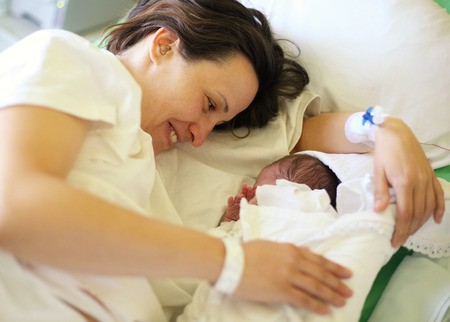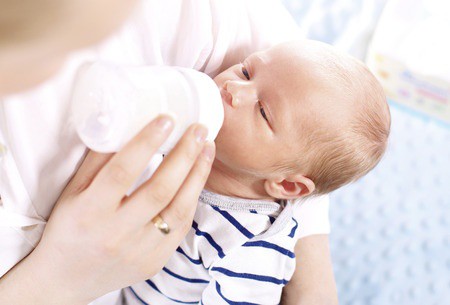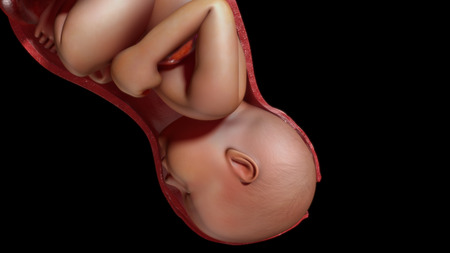Breastfeeding – Journey from Pregnancy to Motherhood!
The moment you hold your baby in your arms, a protective maternal instinct arises and you feel love for your little one. Breastfeeding is one such natural instinct and it creates a bond between the mother and the child. It is interesting to know about the basics of breastfeeding.
Lactation is a natural mechanism. In the second and third trimesters of your pregnancy, progesterone hormone helps in the growth of the alveoli in the breast. High levels of these hormones before birth inhibit the flow of milk. As soon as the baby is born, the inhibition is gone and milk production kicks in. At the time of birth, hormone oxytocin is released by the body which helps in contracting the smooth muscles of the breast and initiates milk flow. It also helps in contracting the uterus back to its normal state.
Basics about Breastfeeding (Nursing Basics)
Immediately after birth, the baby will be put to your breast. This skin to skin contact and the baby’s suckling helps in the let down of the milk and the baby gets the colostrum which is the thick first milk. This colostrum is very rich in antibodies and helps boost your baby’s immunity.
You can read all about breastfeeding while you are pregnant. But, as a nursing mom, you will need to learn the proper way to hold the baby and good latching. There are four breastfeeding positions – cradle, cross body, lying down and football hold are some of the known ways. Although, you can choose whichever position suits you and your baby the best.
Proper position and latching is the key to effective breastfeeding. All babies have an innate rooting reflex and they tend to open their mouth (resembling fish lips) when you touch the cheek. The baby’s mouth, when open has to be positioned accordingly and the nipple is to be offered. A good latch is when the entire nipple and part of the areola is within the baby’s mouth. This helps in effective sucking and the baby is able to get a smooth milk flow.

Newborn babies feed every two to three hours for about 10-15 minutes on each side. As the baby grows bigger the nursing sessions become shorter and the gap between the sessions also increases. The following are signs that the baby is breast fed and getting adequate milk:
- Active and alert when awake
- Good skin tone
- Soiling 6-8 dirty diapers a day
- Gaining weight steadily each week
- Latches well and drinking sounds are audible
You must remember to burp the baby after each nursing session. This helps in removing the excess air from the stomach that the baby swallows when feeding. If you do not burp the baby well, he might throw up small amounts of curds which is normal and common with babies.
Breastfeeding a baby can be taxing in the initial few weeks. So you must keep a record of the feeding times and duration of the feed. Such a record will help you to assess how well you are doing. If there are any concerns, you must take the help of a lactation consultant who can help you with the feeding schedules and correct positions.
Weaning from breastfeeding can be started when your baby turns 6 months old. In case you plan to start working soon, you could shift from breastfeeding to formula after consulting your pediatrician.
Benefits of Breastfeeding for Mom
Breastfeeding can help to establish a strong familial bond between the mother and the baby. But apart from this, the benefits of breastfeeding your newborn are numerous. Breast feeding a baby leads to amenorrhea and delays fertility, so it helps to space your children. Breastfeeding also causes the release of a hormone oxytocin which helps in the let down of milk. The same hormone also causes the contraction of the uterus to its original state (involution). While you breastfeed, you use up to 500 calories per day so it can also help you to lose weigh post delivery. Mothers who have breast fed their baby are also at a lower risk of developing breast cancer and also postpartum depression.
Health Benefits of Breastfeeding for Baby

Breast milk contains antibodies and protective substances that provide the baby with immunity. As a result, the baby gets fewer infections and gains weight steadily and thus remains healthy in the long run. Breastfeeding also reduces the risk of Type 1 diabetes, allergic troubles and childhood obesity. Breastfed infants have a lower risk of developing cardiac disorders later in life.
World Health Organization breastfeeding research says that all infants should be exclusively breastfed for the first six months of their life.



